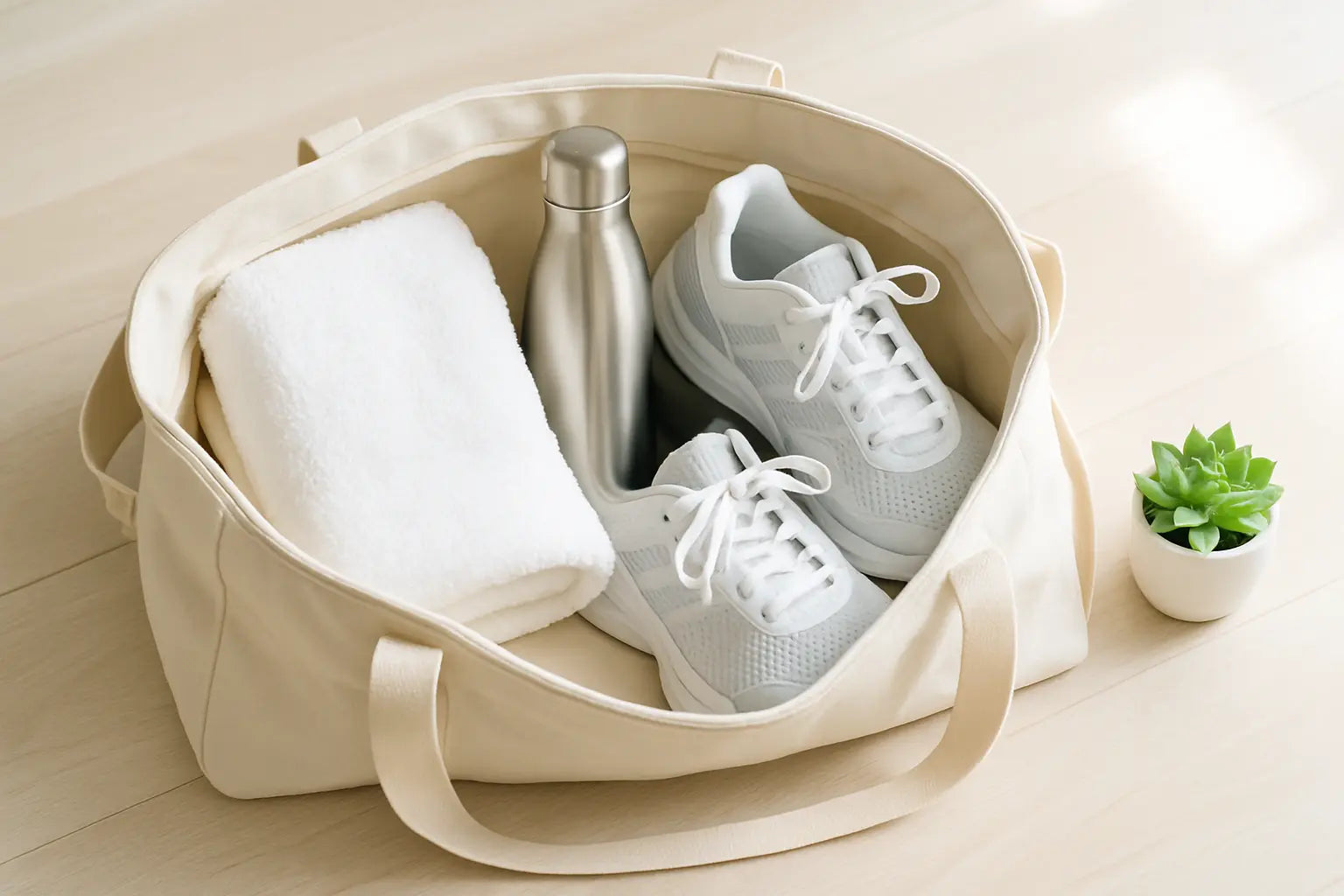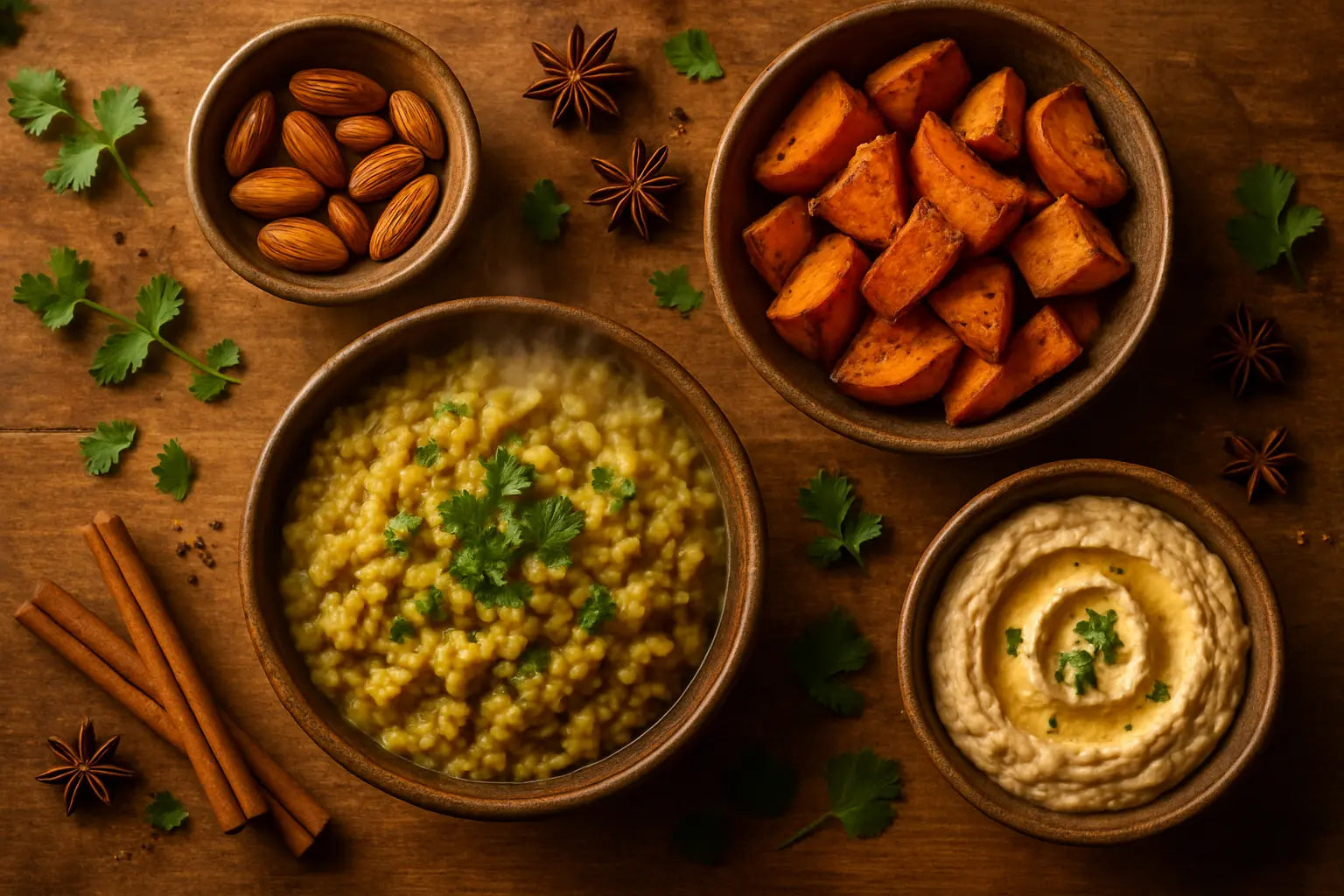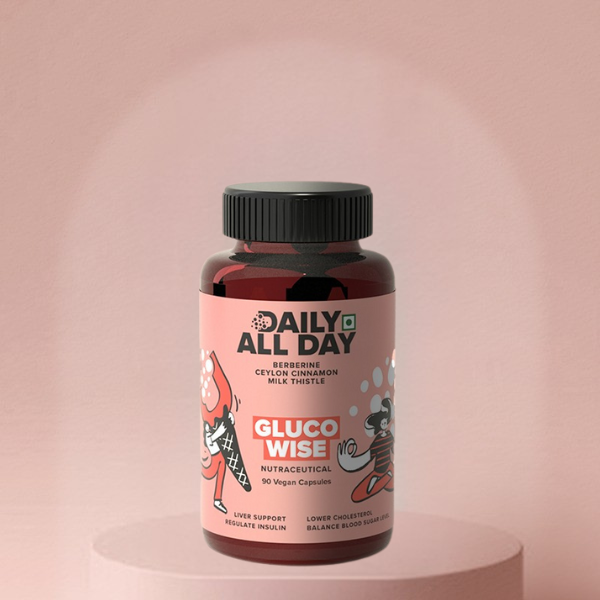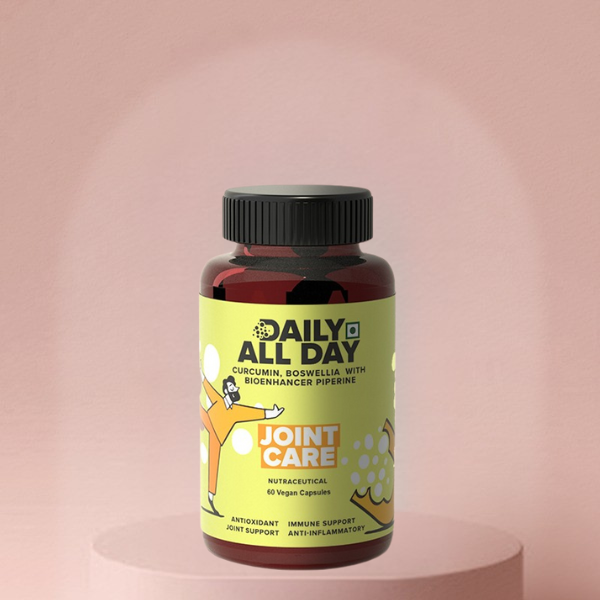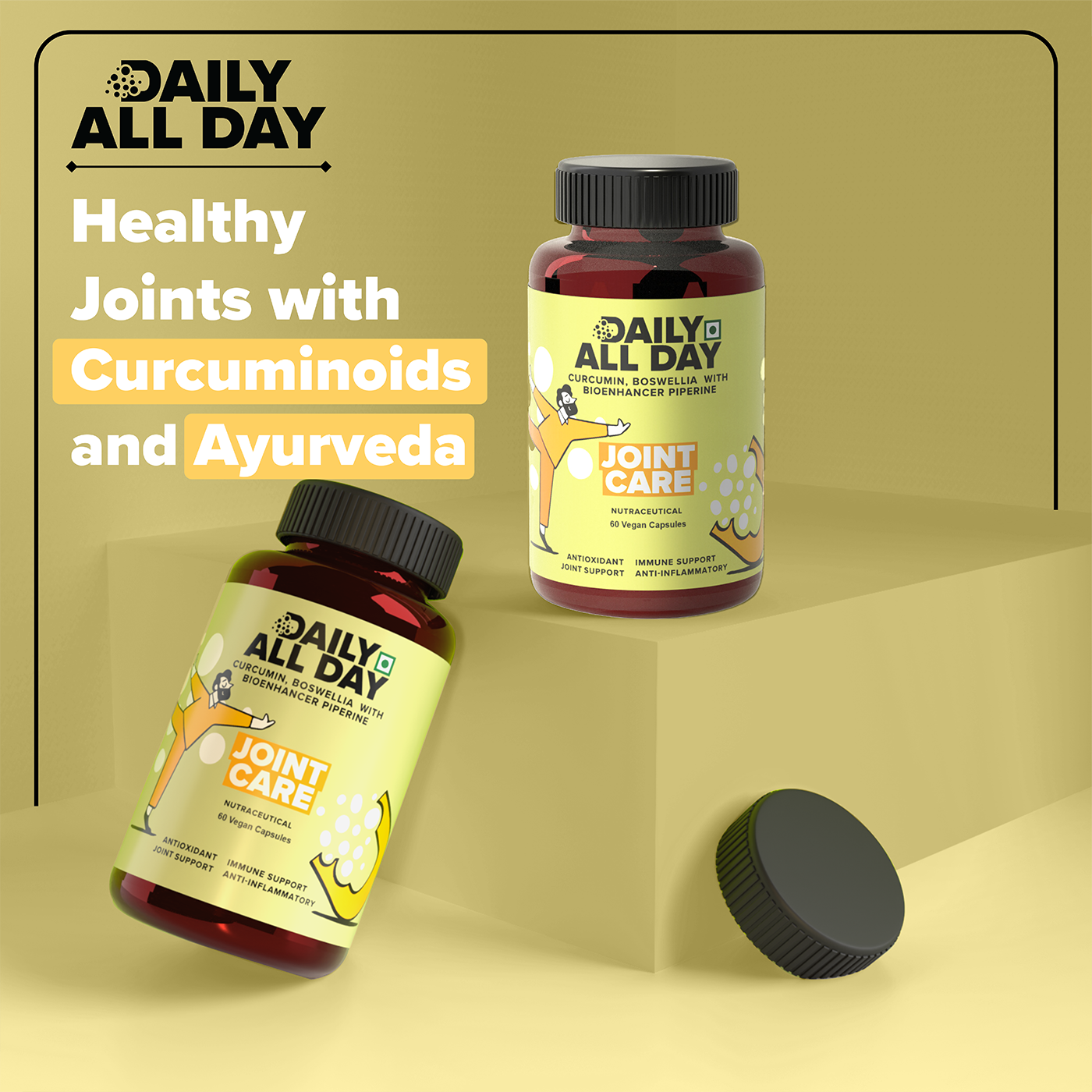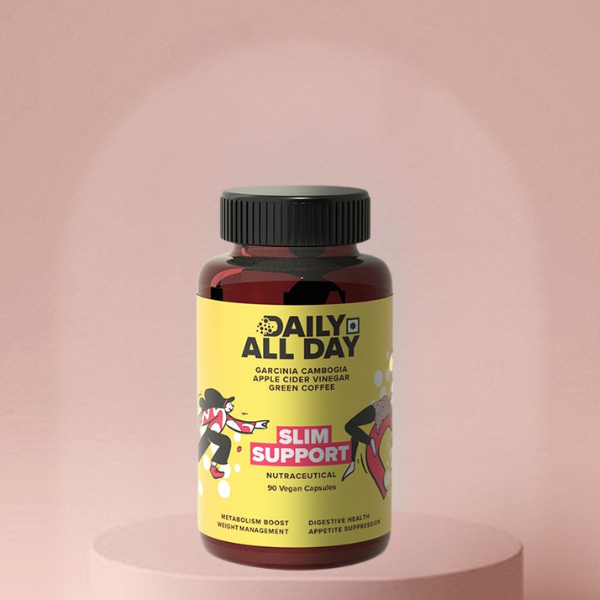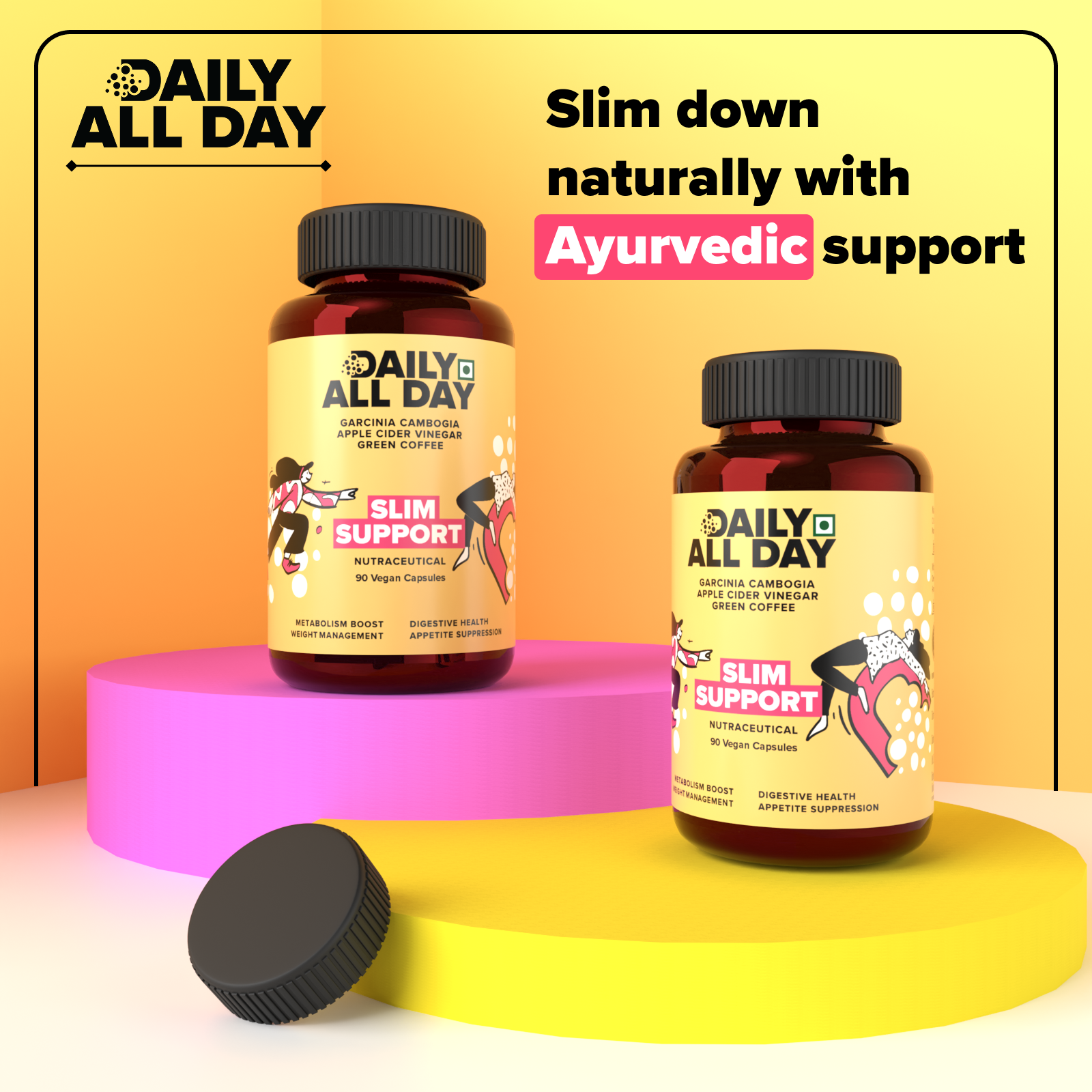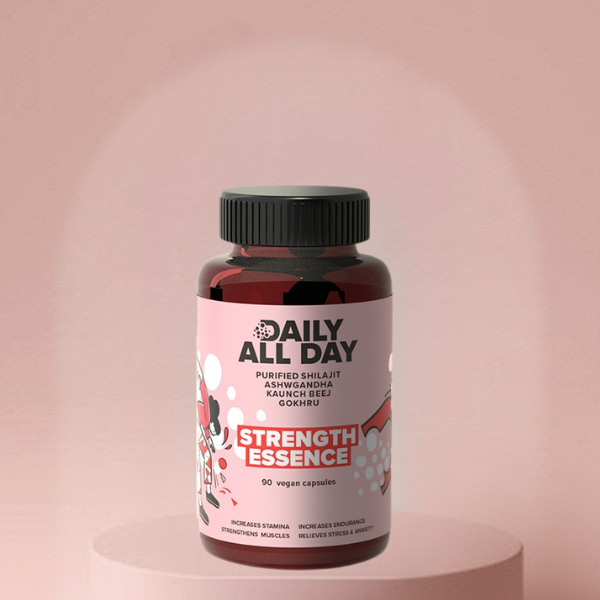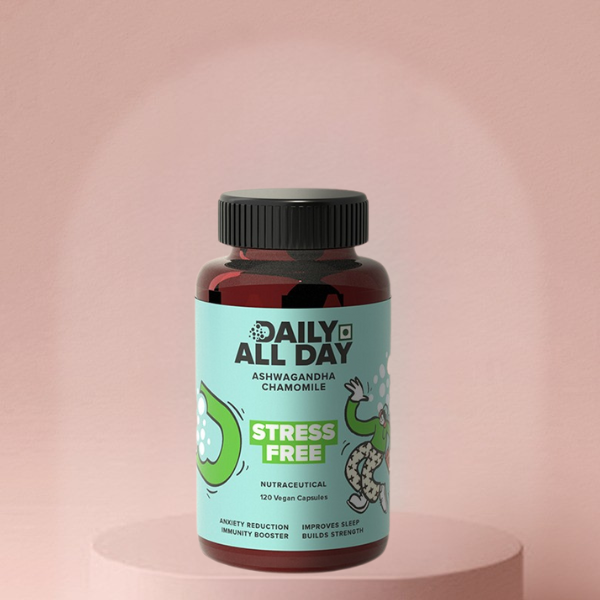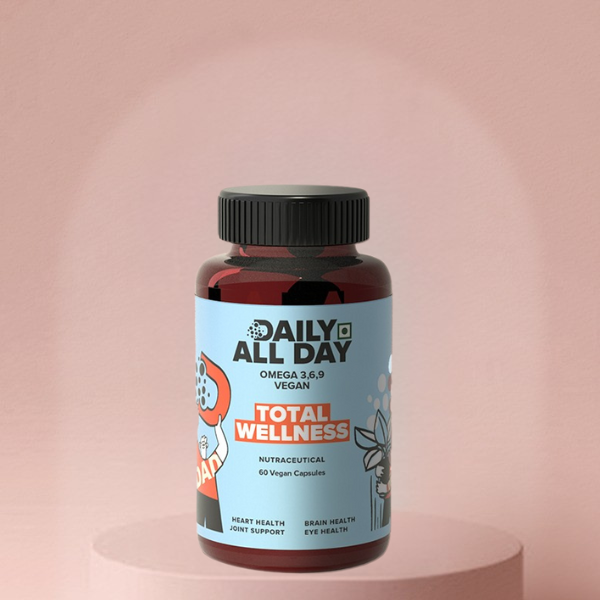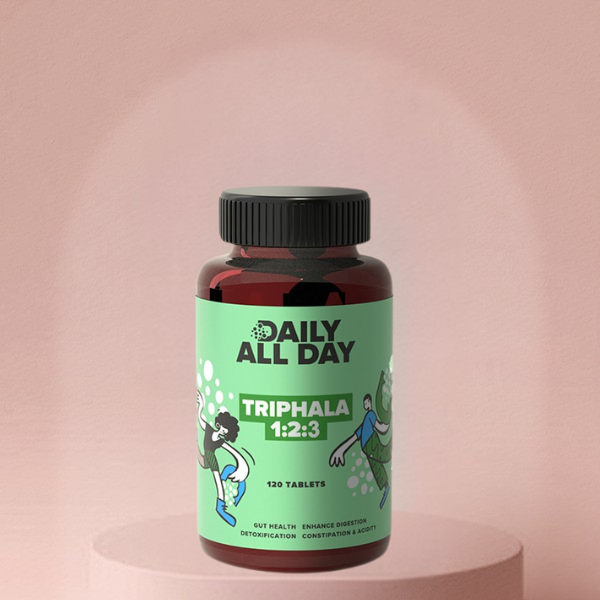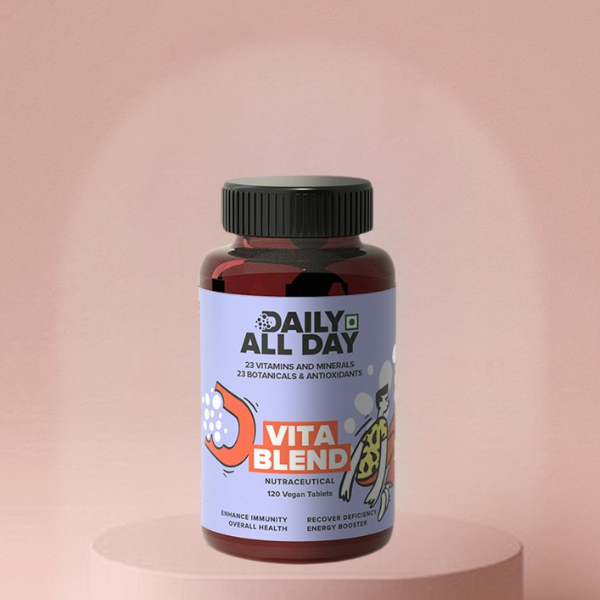Remember that feeling as a kid? The school bell rings, you race home, kick off your clunky shoes, and run out onto the cool, green grass. That sense of freedom, of feeling the earth directly beneath your feet, is something many of us still crave. This desire has sparked a huge trend, with people embracing the barefoot lifestyle and a surge in products like the barefoot shoe and barefoot socks. It feels natural, simple, and pure.
But as you stand there, wiggling your toes in the sun, a question pops into your head: Is this actually good for me? We hear conflicting stories. Some swear by it, claiming it cured their back pain, while others warn of hidden dangers lurking on the ground. The debate around going barefoot is more complex than it seems. Let's walk through the pros and cons to uncover the truth about what's best for your feet.
Table of Contents
- The Case for Kicking Off Your Shoes: Potential Benefits
- The Hidden Dangers: Why You Should Think Twice
- Insights from the Web: What People are Asking
- Protecting Your Joints: A Deeper Look at Support
- Ingredients Deep Dive: Supporting Your Body from Within
- Finding a Balance: Safe Barefoot Practices
- Frequently Asked Questions
The Case for Kicking Off Your Shoes: Potential Benefits
Fans of the barefoot life, sometimes called "barefooters," argue that our feet were designed to work without shoes. They believe modern footwear has made our feet weak and lazy. Here are some of the main arguments for ditching your shoes:
- Stronger Feet: Walking barefoot on varied surfaces, like sand or grass, forces the small muscles in your feet, ankles, and calves to work harder. This can lead to stronger muscles, better balance, and more stable joints.
- Improved Body Awareness: Your feet are packed with nerves that send information to your brain about the ground you're walking on. This is called proprioception. Walking barefoot enhances this connection, helping your body adjust its posture and balance more naturally.
- Potential for Better Foot Mechanics: Some people find that walking barefoot encourages a more natural gait, where they land on the midfoot or forefoot instead of the heel. This can reduce the impact that travels up your legs and into your spine.
- Better Hygiene (Sometimes!): As some online discussions point out, feet trapped in shoes all day can become a sweaty breeding ground for bacteria and fungi. Letting your feet air out can help keep them dry and reduce the risk of issues like athlete's foot. It's a key part of good personal hygiene.
The Hidden Dangers: Why You Should Think Twice
While the benefits sound great, going barefoot isn't always the carefree experience romanticized in movies like the popular barefoot 2014 film. Our modern world is very different from the natural environments our ancestors walked on. Here’s the cautionary side of the story:
- Ouch! Hidden Hazards: The most obvious risk is stepping on something sharp. Glass, nails, sharp rocks, splinters, and even hot pavement can cause painful cuts, puncture wounds, and burns. These injuries can be more than just a nuisance; they can lead to serious infections.
- Infection Intersection: Your bare feet are a direct gateway for bacteria, viruses, and fungi. Walking in public areas like pools, locker rooms, or even your own backyard can expose you to things like plantar warts (caused by HPV), athlete's foot, and hookworm (in contaminated soil).
- Structural Stress: Our feet evolved for soft, uneven ground. Today, we spend most of our time on hard, flat surfaces like concrete and tile. Walking barefoot on these surfaces for long periods can put immense strain on your foot's arch, tendons, and ligaments, leading to conditions like plantar fasciitis (severe heel pain), tendonitis, and even stress fractures.
- Lack of Shock Absorption: Shoes provide a crucial layer of cushioning. Without it, every step on a hard surface sends a jolt through your feet, ankles, knees, hips, and back. Over time, this can contribute to joint pain and inflammation.
Insights from the Web: What People are Asking
The barefoot debate is a hot topic online. People on platforms like Quora are constantly sharing their experiences and asking for advice. Here are some key points from those discussions:
- Tougher Soles vs. Sharp Objects: One user notes that while going barefoot can lead to tougher skin on your soles, this doesn't make you invincible. The risk of stepping on a hidden sharp object is a real and significant danger that can cause deep tissue damage. (Source)
- Hygiene is a Double-Edged Sword: The claim that going barefoot is more hygienic is debated. While it prevents the sweaty environment inside shoes, it exposes your feet directly to germs on the ground. One person asks, "What diseases can you get from walking around barefoot?" highlighting concerns about bringing outdoor germs inside your home. (Source)
- The Surface Matters: Many agree that the *surface* you walk on is the most important factor. Walking barefoot on uneven, natural ground like a clean beach or grassy field can be beneficial for exercising your feet. In contrast, hard, artificial surfaces are where the risks of injury and strain increase. (Source)
- Is it Safe at Home?: Even at home, it's important to be careful. While generally safe, you should always make sure your floors are clean and free of hazards like dropped pins, staples, or nails sticking out of floorboards. (Source)
Protecting Your Joints: A Deeper Look at Support
One of the biggest concerns with walking barefoot on modern surfaces is the impact on your joints. When you walk without cushioning, the force of each step is absorbed by your body. This can be especially hard on your knees and back. Over time, this repetitive stress can lead to inflammation, which is your body's response to injury or irritation. Chronic inflammation is a key factor in conditions like arthritis and can cause persistent pain, stiffness, and reduced mobility. If you already have knee pain or back pain, walking barefoot on hard floors can make it much worse. This is where supporting your body from the inside becomes just as important as the shoes you wear on the outside.
Ingredients Deep Dive: Supporting Your Body from Within
Whether you're an avid barefooter or just someone dealing with everyday joint pain, providing your body with the right nutrients can help manage inflammation and support long-term joint health.
Daily All Day Joint Care (60 Capsules)
This supplement is formulated with a powerful blend of natural ingredients known for their ability to support joints and reduce pain.
- Turmeric Root Extract & Curcumin: You’ve probably heard of turmeric, the bright yellow spice. Its magic comes from a compound called curcumin. Curcumin is a rockstar anti-inflammatory. It helps block the molecules in your body that cause inflammation, effectively reducing pain and stiffness in your joints.
- Boswellia Serrata: This is a gum resin from a tree, and it's been used in traditional medicine for centuries to treat inflammatory conditions. It works by preventing the formation of inflammatory chemicals, helping to reduce arthritis pain and protect your cartilage (the cushion in your joints).
- Piperine (Black Pepper): Here’s the secret sauce. Your body has a hard time absorbing all the goodness of curcumin on its own. Piperine, the active compound in black pepper, acts as a bioenhancer. It dramatically increases the absorption of curcumin, making sure your body gets the maximum benefit.
Benefits of Daily All Day Joint Care:
- Helps reduce joint and arthritis pain.
- Decreases inflammation for better movement.
- Supports healthy cartilage.
- Eases knee and back pain related to joint issues.
- 100% vegetarian, plant-based capsules.
- Certified for quality (FSSAI, ISO, GMP).
For best results, take 2 capsules twice daily after meals. This powerful formula can help keep your joints lubricated and flexible, so you can move with ease.
Daily All Day Slim Support (90 Capsules)
Maintaining a healthy weight is another crucial part of protecting your joints. Less body weight means less pressure on your knees, hips, and ankles. If you're looking to manage your weight as part of a healthy lifestyle, Slim Support can help.
- It features a blend of natural ingredients like Apple Cider Vinegar, Garcinia Cambogia, and Green Tea to help burn fat, suppress your appetite, and boost your metabolism.
- By supporting your weight management goals, you are also reducing the long-term strain on your joints. It's a holistic approach to wellness, but it's important to separate facts from fiction, so be sure to read up on common nutrition myths.
Finding a Balance: Safe Barefoot Practices
You don't have to choose one extreme. It's possible to enjoy the benefits of going barefoot while minimizing the risks. Many people are turning to minimalist footwear options from brands like Frido, Baer Shoes, and other makers of bearfoot shoes.
- Start Slow: If you're new to it, don't go on a 5-mile walk barefoot. Start with short periods on safe surfaces like your lawn or a sandy beach to let your feet adapt.
- Choose Your Ground Wisely: Stick to soft, natural surfaces. Avoid pavement, rocky trails, and any areas where there might be litter or sharp objects.
- Consider Minimalist Shoes: If you want the feeling of being barefoot with a layer of protection, look into barefoot shoes for men and women. These have thin, flexible soles that let your feet move naturally while protecting them from cuts and scrapes. Products like the Frido barefoot sock shoe are a great example of this middle-ground approach.
- Inspect Your Feet: At the end of the day, wash your feet and check them for any cuts, scrapes, or splinters. Take care of any small injuries right away to prevent infection.
Frequently Asked Questions
- 1. Is it actually healthy to walk barefoot?
- It can be, but it depends heavily on the surface and your own foot health. Walking on soft, natural surfaces like grass or sand can strengthen foot muscles and improve balance. However, walking on hard, artificial surfaces like concrete can cause strain and lead to joint pain and injuries.
- 2. What are the biggest risks of going barefoot outside?
- The main risks are injuries from sharp objects (glass, rocks, splinters), burns from hot pavement, and infections from bacteria, fungi, or viruses that can enter your skin through small cuts. Conditions like plantar warts and athlete's foot are common risks.
- 3. Can walking barefoot help with foot strength?
- Yes. When you walk barefoot, you engage many small muscles in your feet and lower legs that are often underused in supportive shoes. This can lead to stronger, more stable feet and ankles over time, as long as you do it on safe and appropriate surfaces.
- 4. Are barefoot shoes a good alternative?
- For many people, yes. Barefoot shoes (or minimalist shoes) offer a great compromise. They provide a thin layer of protection against cuts and scrapes while still allowing your foot to move and flex naturally. They are an excellent option for getting the sensory benefits of being barefoot without the high risk of injury.
- 5. How can I protect my joints if I like walking barefoot?
- To protect your joints, limit barefoot walking on hard surfaces. When you do walk barefoot, stick to softer ground. Additionally, supporting your joint health from within is crucial. A supplement like Daily All Day Joint Care can help manage inflammation and reduce the pain caused by stress on your joints, thanks to powerful ingredients like Curcumin and Boswellia.

Conclusion: Your Feet, Your Choice, Your Health
So, what's the verdict on the barefoot debate? It's not a simple yes or no. Walking barefoot has its moments—it can strengthen your feet, improve balance, and connect you with the earth. However, this freedom comes with real risks like injuries, infections, and long-term joint stress. The key is to be smart about it. Choose soft, safe surfaces and avoid hazardous areas. For many, the best path is a middle ground, using minimalist footwear like barefoot sock shoes that offer protection while mimicking the natural feel.
Ultimately, listening to your body is the most important thing. If you experience pain in your knees, back, or feet, it could be a sign that your joints are under strain from a lack of support. This is where holistic care comes in. Supporting your joints from the inside out with a powerful, natural supplement can make a world of difference. Daily All Day Joint Care, with its potent blend of Curcumin and Boswellia, is designed to combat inflammation and reduce pain, helping you stay active and comfortable, whether you choose to wear shoes or not. By making informed choices and supporting your body's needs, you can enjoy the best of both worlds—freedom and protection.


